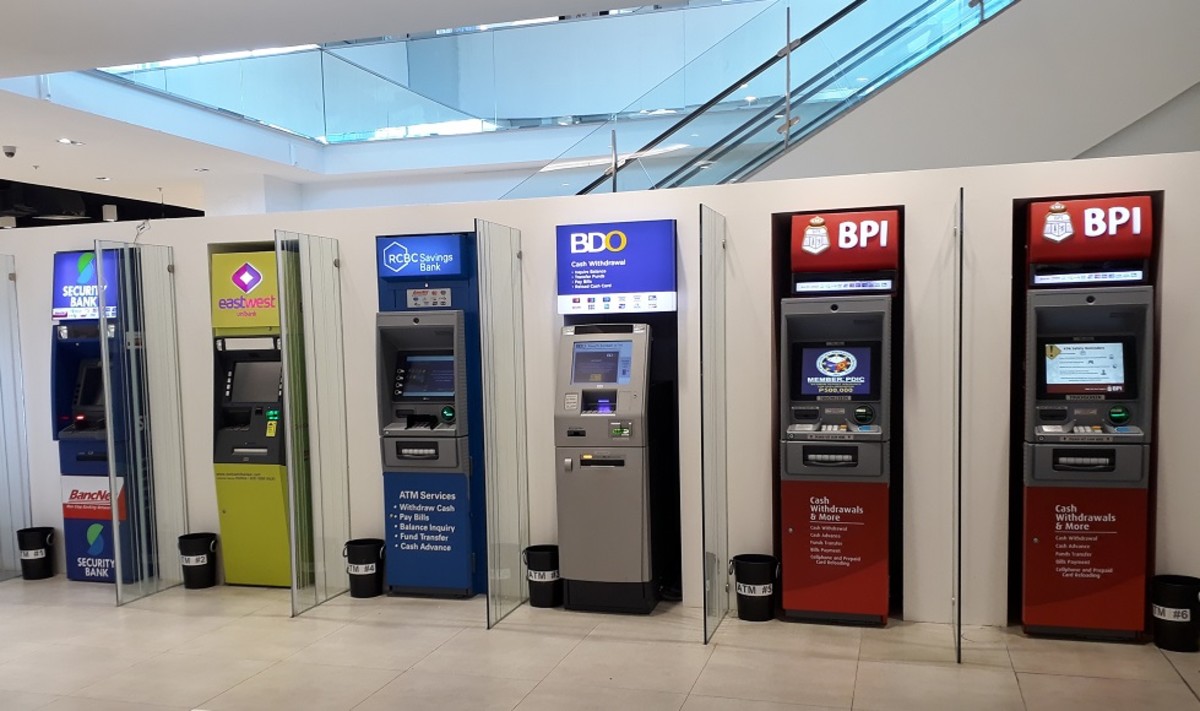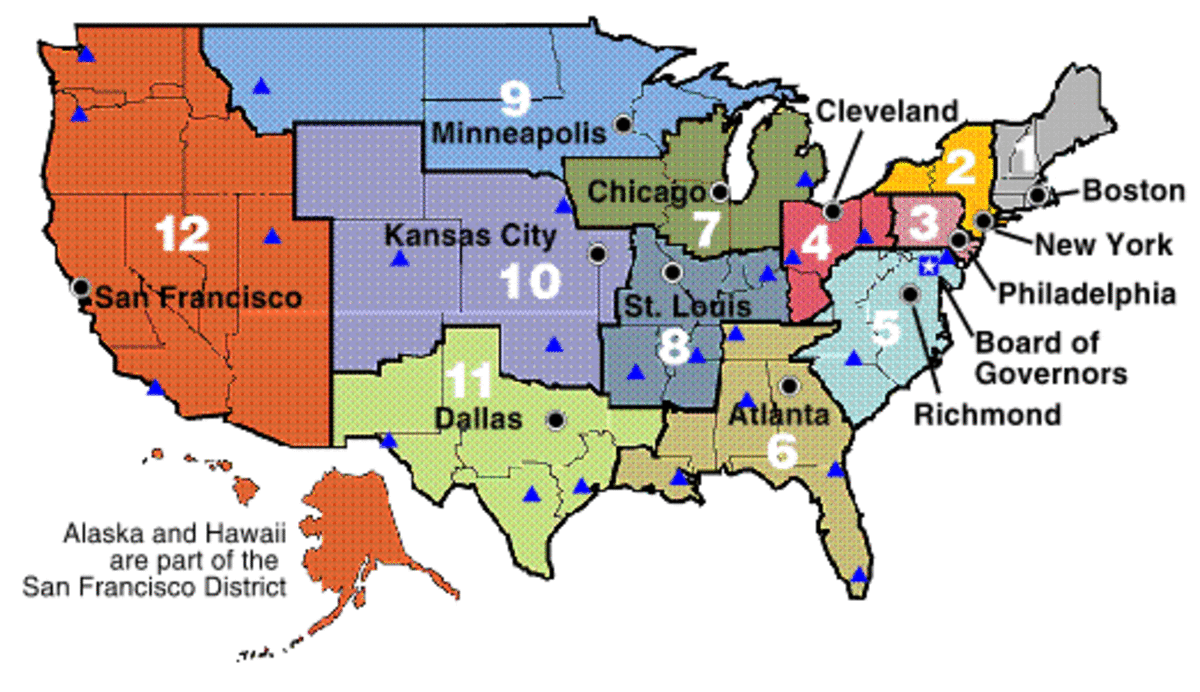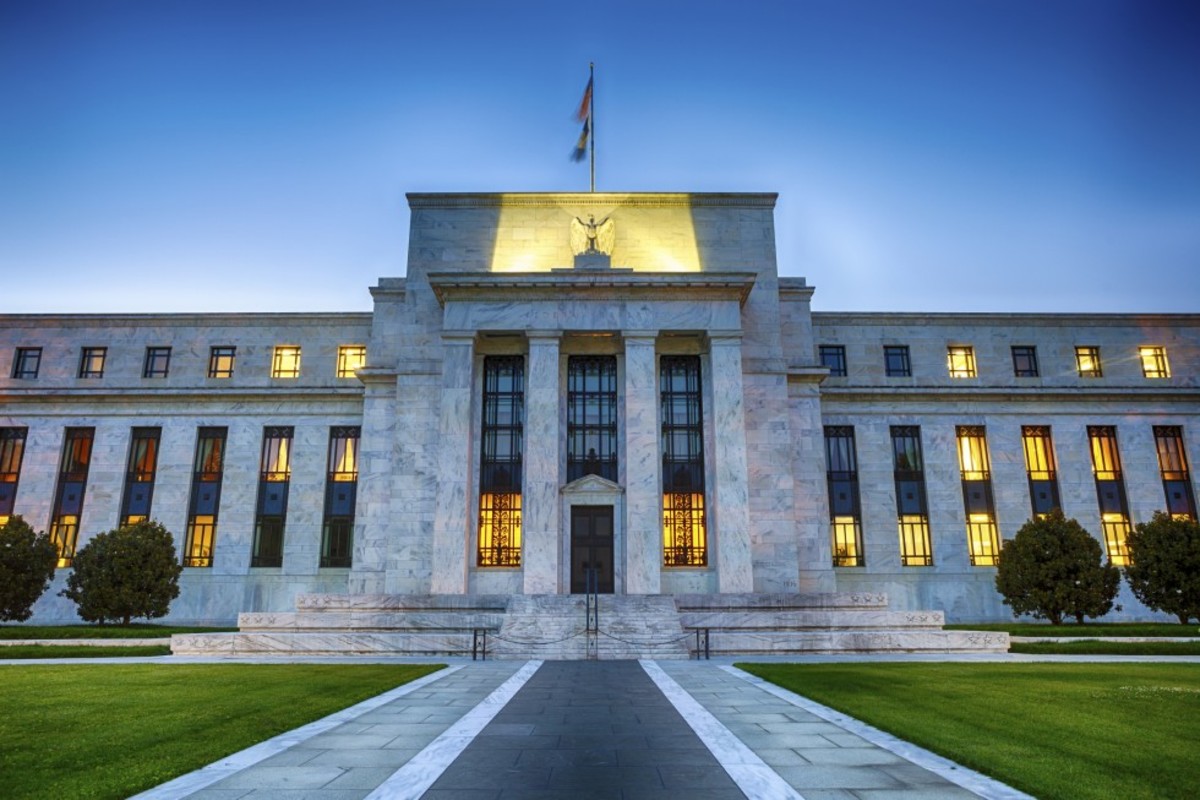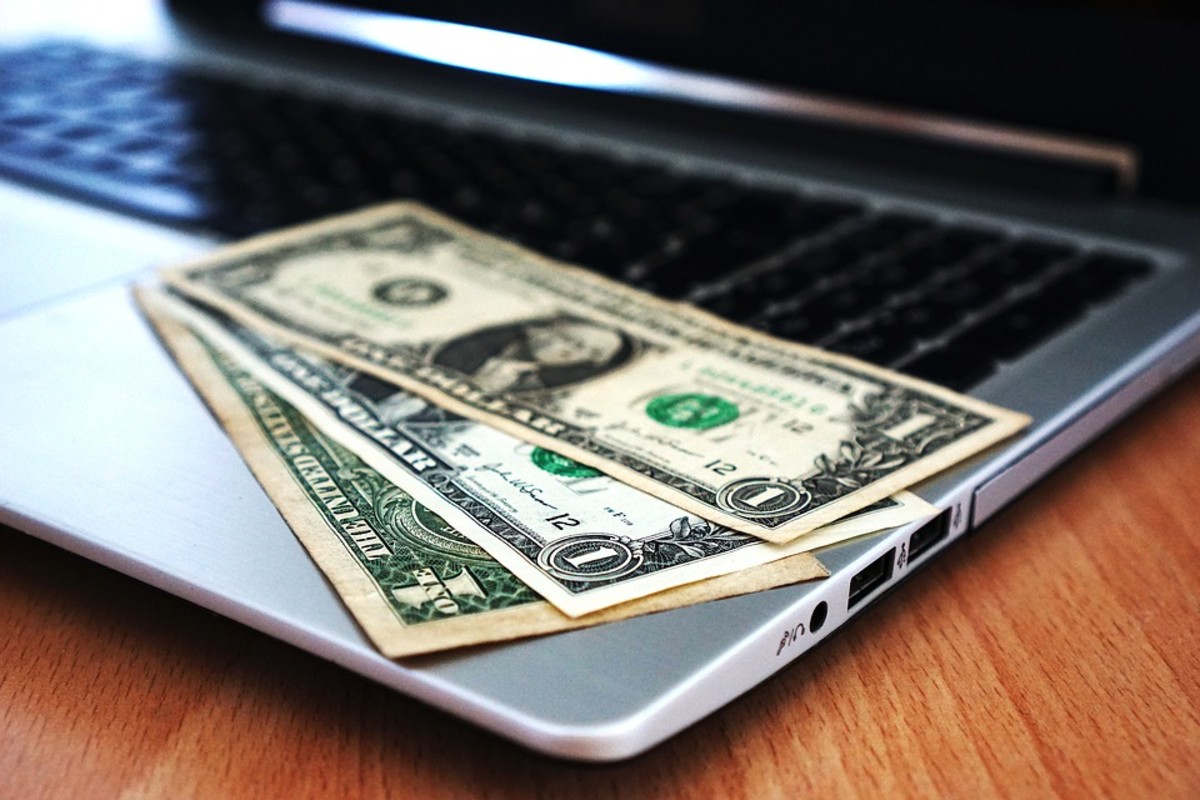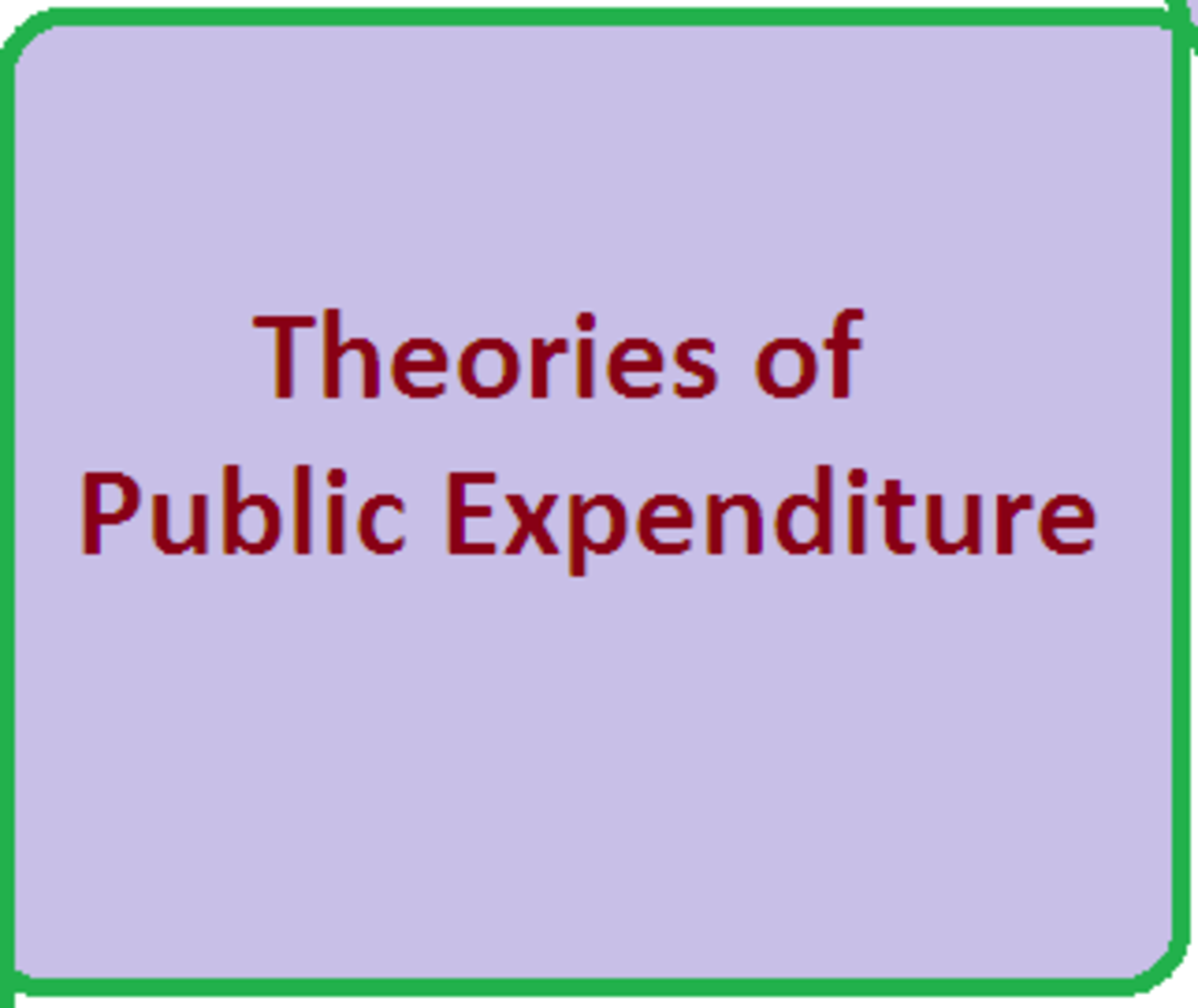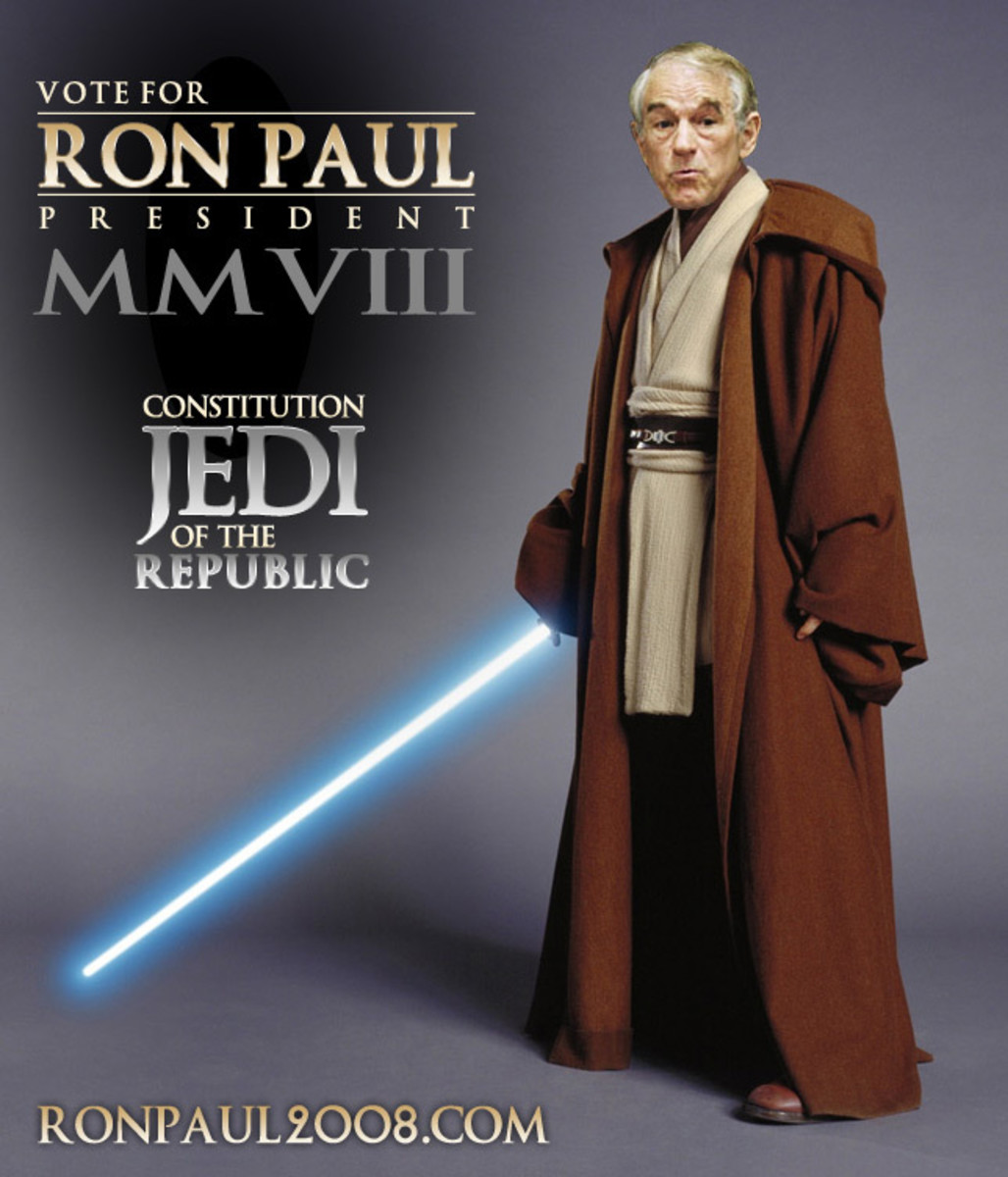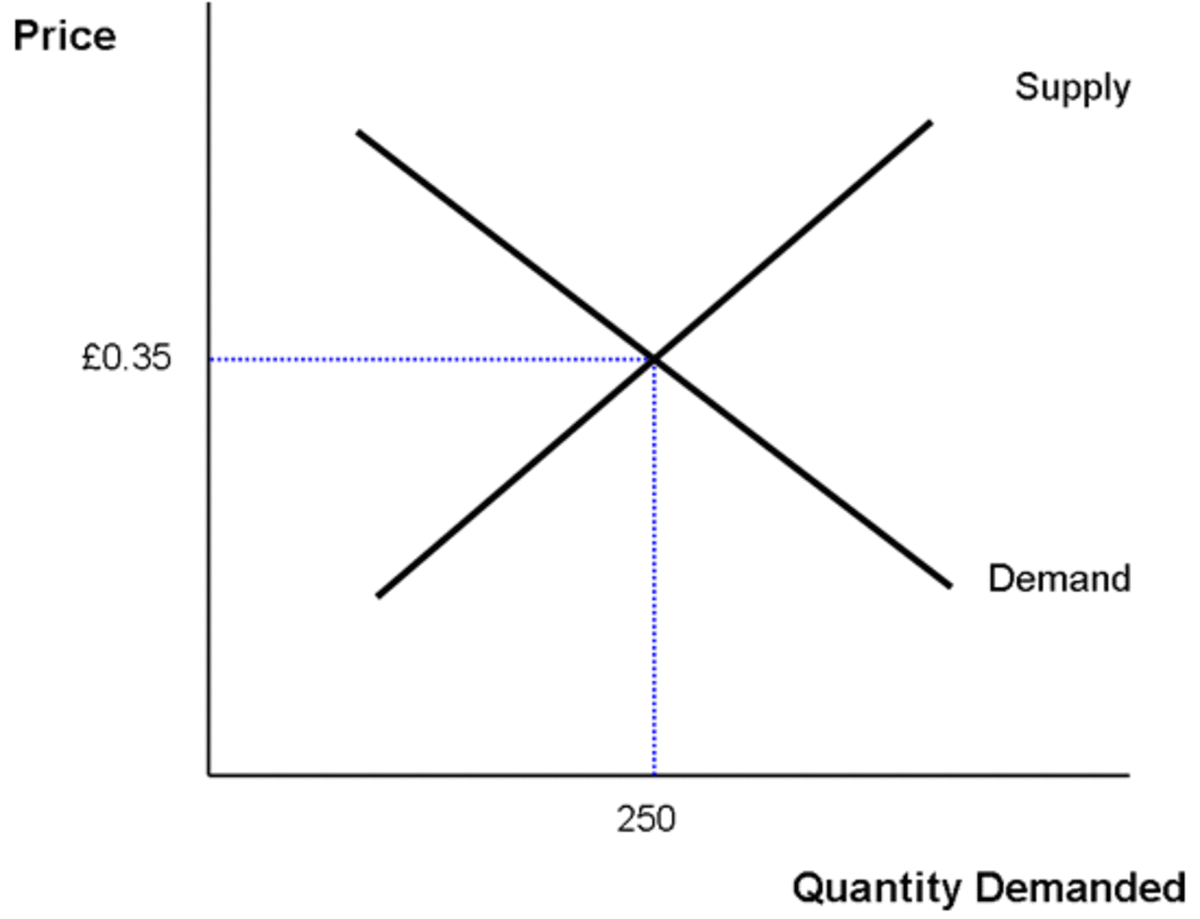How to Get Out of the Money Trap

In this Hub, we'll be looking at how to get out of the money trap. You know that experience people are having more and more, that feeling that they're running on a treadmill and it's only going faster and faster? It's because they actually are. Usually, people try to find ways to get more and more money to get by, when what's really happening is that the system is specifically designed to work against them. It's a lot like a Vegas casino, where the odds are against you. Most people spend their entire lives in this casino, hoping to get lucky, desperately trying to "win" one more time... but the odds are stacked against you, and the house always wins. By far, my most successful Hub to date has consistently been about how to make more money. This is because most people are looking for ways to make more money just to get by, and as the system fails them they'll need more and more of it just to make it through. In this Hub, we're going to do even better than that - we're going to learn what the money trap is, and how to get out of it once and for all.
What's the money trap?
The money trap is the system of economics that seems to be fair on the surface, but which is specifically designed to drag the average person down until it's barely even possible for them to survive. This trap is designed and maintained by a few select bankers - in America, they're the descendants of wealthy American banking tycoons who made it big during the 1920's. Since then, they've increased their stranglehold upon the money structure in this country and around the world, and now use large private organizations like the Federal Reserve to tell the government what to do. During the Renaissance period, many European countries had outlawed banks, because of their tendancy to take control of a country's money supply and overpower everyone - people, businesses, and even governments. As we'll see, this is exactly what modern-day bankers have done. They've turned the economy into a money trap, and one of the most effective tools in their toolkit has been fractional reserve lending.

What's fractional reserve lending?
Fractional reserve lending works like this. Let's say you have a brand new $100. You either spend it, or put it into a bank. If you spend it, eventually it ends up in a bank anyway, so for the sake of simplicity lets say that you deposit the $100 yourself. By law, banks must keep 10% on hand in order to cover the various withdrawals from other account holders - not everyone will withdraw all their money at once, so 10% makes a good, safe average. So the bank keeps $10 on hand, and lends out $90. This is alright; this is how banks make their money. They give you, say, 3% interest on your deposit, and collect 5% interest on the money they loan out, and that 2% is the bank's profit. That's just fine, so far.
But the $90 that your bank loans out goes into the economy, and eventually it will come back in some form to the bank. Again, the bank will be required to keep 10% of that depost - $9, and it will lend out the rest of the money - $81.
That $81 will, again, flow through the economy, and eventually come back around to the bank, or another bank just like it. The bank will accept the $81, and keep 10% of it on hand ($8.10) and lend the rest of it ($72.90) out. And this will keep happening, through loop after loop, until there's nothing left for it to divide up and lend out. But there are some problems happening here that might not be obvious. Let's take another look.
On the first pass, the bank has kept your original $100 as listed in your account - but it has lent out an additional $90, as well. In doing this, the bank has created a new $90 out of thin air, which goes into the economy. The economy, which doesn't yet know what's about to hit it, is accepting this new $90 as worth just as much as the rest of the money that's already in circulation - and it will blithely let you purchase just as much tangible goods and services with it. It doesn't yet realize that this is a new $90, with no corresponding actual goods or services out there to back it up. It will let whoever spends it purchase, say, 10 bags of concrete at $9 each. But eventually, the economy starts to notice that - hey! There's more money going around in the system! And prices adjust to take that fact into consideration. The price of a bag of concrete goes up, let's say by $1. Now, that $90 would only get you 9 bags of concrete, because each bag now costs $10. The artificially created money that the bank lent out has had an effect - it has caused inflation. So whoever the bank gave the $90 out to, got full use of the money because the economy was still naive about it. Later on, the same $90 is still going from person to person in the economy, but the economy has had time to realize that it's been cheated, and has adjusted appropriately. So whoever has it now is only getting a decreased value of the money. The bank had it first of all - and it certainly got the full use of it, when it lent that money out. Plus interest.
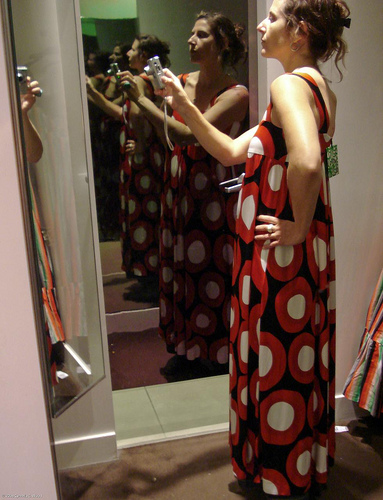
But the bank didn't only create $90 - that was just on the first pass. On the second pass, it created $81, and on the third pass it created $72.90. On the fourth, it would have created $65.61, and on the fifth pass it would have created $59.04. On the sixth pass, $53.13. On the 7th, $47.81. And this just keeps going on and on - by just the 7th pass, the bank has put ($90 + $81 + $72.90 + $65.61 +$59.04 + $53.13 + $47.81 = ) $469.49 into the economy - out of just that original $100 you gave it. And it doesn't stop there at the 7th pass. It just keeps going, until the bank has spent about $1,000 into the economy for the $100 you actually had - plus its own interest of course. It has received the full purchasing power of all this money it has created, as well.
Now, some of that money will eventually be dispelled. The $81 that was first created was lent to someone, who will eventually repay their loan. When they repay their loan with $81 that was in circulation, that $81 worth of money freewheeling around the economy goes into the bank, the loan is paid off, and the books are closed on that $81. It was created, it enjoyed it's little jaunt around the economy, and it arrived safely back and went poof, gone, back to the nothing from which it was created. But only that $81 comes back - the rest of the money that it initially created (like the $72.90 that was summoned out of thin air the next time it went around, and so on) remains out there in circulation. Not to mention the fact that in, say, a year when the $81 dollar loan is paid off, it's being paid off in the devalued money that's going around a year later, after the economy has had time to adjust to the new inflation from the $1,000 the bank has created. So the $81 that's taken out of circulation when the loan is repaid isn't as much as the $81 that was created a year ago. And so when it's taken out, the economy doesn't deflate as much as it inflated when the $81 was created.

There's another problem all with this, too. In this case, the economy is running on about $1,000 credit for every actual $100 that's backed with actual value out there, and that $1,000 of credit is in the form of loans to the banks. Actual people must pay off those loans, and they must pay them off with money that they actually earned from real profits or from doing actual work. No creating money out of thin air for them! And since there isn't as much actual stuff out there for them to sell and make profits from, the actual value they have to pay their loans off with is limited to whatever actual value is out there to buy and sell, and whatever effort they have to do real work with. It's never going to equal that same multiplier that allowed the banks to create $1,000 out of thin air, so somebody out there - usually quite a few somebodies - are going to find that they can't pay back their loans. The bank will then reposess on the loan, seizing real property and assets to pay off that money it created out of thin air. Real businesses will start to go under, because their assets will be reposessed by the bank. Since those businesses won't exist, there will now be even less real, tangible goods and services out there to use to buy, sell, and do business with to pay off the rest of the loans. It's just like a game of musical chairs. Most people think inflation is higher prices, and more learned people think that inflation is actually more money chasing the same amount of goods and services, but inflation is actually more money, chasing less goods and services. And the banking processes do this, to whole economies.
This is why, despite new technology and production methods getting much more efficient, the goods we have are more cheaply-made. It, along with widening profit margins, is also why everything costs more even accounting for inflation. It's why families in the 50's could get by with just one parent working, and now two incomes has families barely scraping by. This is how the elite control not merely the money supply, but the actual prosperity - by invisibly draining it from the common person. To learn more about the tools banks use to strangle whole economies, check out this page. A lot of it is simple to understand if you try, and some of it then gets into the complicated algebra behind it, for the more studuous among us.

Other dirty tricks
I could tell you so much about what's making the economy do the sickening lurches it's doing. I could tell you about how we got off the gold standard, although many people are beginning to have a cursory understanding of what happened. I could tell you how the Rothschilds discovered that they could use their ability to create money to loan money to governments - which is always more popular than taxation - and then put off calling in those loans in exchange for contracting governments into terms favorable to the banks - and thus allowing the banks to alter the structure of governments. I could tell you about how the American banking tycoons started the Great Depression by quietly shipping the gold out of the country, carefully manufacturing a run on the banks, and how they exerted their influence to get FDR to shut down the banks over a three-day weekend and replace the nation's gold-backed money with paper money, and how that paper money is backed instead by the private assets of every federal citizen, including the ownership of those citizens themselves. I could tell you how the Federal Reserve is a private quasi-corporation run by a group of American banking tycoons, who print paper money out of thin air and then "lend" it to the federal government at interest. I could tell you how four months before he was assasinated, John F. Kennedy signed Executive Order 11110, getting silver-backed money printed through the actual U.S. Treasury rather than conjured out of thin air by the Fed, and how that silver-backed money was recalled shortly after his death. But to be honest, this information and a whole lot more is already out there, and others have said it better. Do yourself a huge favor, and bookmark this link. It's straight-forward and easy to understand. You will finally "get" why the money and the banking is all screwed up, and why every other corporation that runs on money - including the federal government - must set its watch by what these bankers do to the money supply. Any other corruption and gouging they do must always play second banana to what these bankers are doing to the economy, and so these bankers are the people who set the marching orders for entire governments. As they sink their hooks deeper and deeper into the structure of the world's economies, they can manage to consolidate their control. Eventually, if they're going to get even more wealth and influence, the only way they can reasonably do it is to throw some of those second bananas overboard, cross their name off the global economy's cast of characters, and absorb the resources that those second bananas used to have. This is why, for example, we're seeing baby banks - the ones that still bother doing business with little people like us - are going under, because the giganti-banks that do business with whole governments are slurping up all the resources and systematically sabotaging the economy the rest of us use to get by. This means that rich and powerful groups are consolidating, just like we're seeing with corporations buying each other out. But in this case, it's a matter of whole governments, all being bought out by these tycoons. Eventually, they have enough power and control that the illusion of different governments is unnecessary - they're all being run by the banks, and maintaining the illusion is an unnecessary expense when you've already consolidated all the military power in the world. This is why we're moving in the direction of a one-world government, and a one-world economy.
"We have a plan for this..."
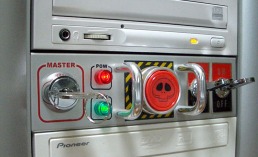
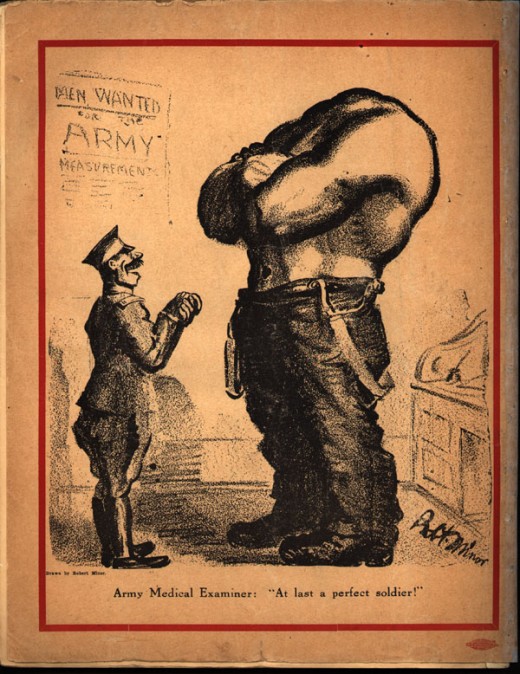
Alright, so that's the basic problem we're working with. What's the solution? Well, various solutions have been tried in the past. When Germany's economy was collapsing, Hitler originally started with the idea that when you have too many people and not enough real products, you boost manufacturing and get rid of a lot of the people to even things out. And from an economic standpoint, that actually worked. This is the direction that America is rapidly moving toward, and of course the whole world had to shut down Nazi Germany because what it was doing threatened everyone. Today, we're moving towards a situation where the U.S. will do pretty much the same thing, with an estimated 800 concentration camps built and waiting around on U.S. soil, while the political situation becomes increasingly totalitarian. This time, technology will allow for secret policing that the Nazis could never even have dreamed of. And the situation will be all but escape-proof. The United Nations, long-time front of these banking interests, will sweep in to "save the day"... from the situation that it directly instructed the U.S. to create... and the U.N. peacekeeping forces will be doing to the U.S. exactly what the U.S. is currently doing with Osama bin Laden - a wild-goose chase that's actually designed to transform the political structure of the countries involved. Through the regime change brought about by the United Nations' peacekeeping forces, the bankers takeover will be complete. We will have an overt one-world government run by the bankers, rife with high-tech public surveillance, and it will be a trap no-one can escape from. To say the wrong thing will be to be electronically removed from the economic system - good luck working and buying food. The world will have created a trap, from which no possibility of escape is evident.
This is the current direction the world is headed in, and it's why you'll occasionally hear about huge groups of people protesting the IMF (International Monetary Fund), another front for the bankers' new world order who are trying to get everyone on one currency so there's nowhere else to go. It's not the solution to the problem, but merely a consolidation of power for those creating it. The world will be a totalitarian state which the media will present as a utopia, and which will be a lot closer to a combination game reserve and whorehouse.
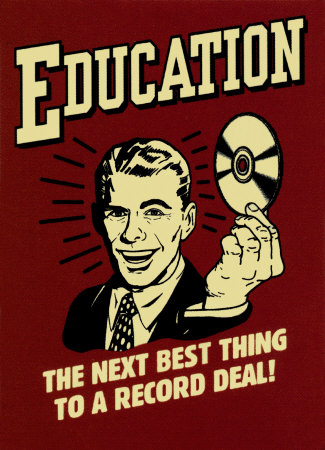
A better, simpler solution
There is another solution. Many have suggested getting rid of fractional reserve lending. What a great idea! Others have suggested getting us back on the gold standard, to make sure that the money we use is tethered to something of real value and doesn't inflate. Another good idea! But implementing it has been all but impossible, because each time the bankers have been thwarted they come back for another try at taking over the world, and the last few times they've already been deep enough in the system to assasinate the one or two leaders who have tried. To a certain extent, these bankers do have a valid point. All of this is happening as part of signed contracts with the bankers, and with politicians, and with misleading contracts you've probably signed with the government. It's all on paper. It just happens to be a fraud, that's all. So the first thing to do is to make the average person aware of the situation. Not only can that put a stop to this attempt to take over the world because people will be aware of the situation, it will also keep the bankers from being able to regroup and try the same trick again and again, as well.
The second part of the solution is absurdly easy, too. As much as people who know about this have all talked about getting a form of money backed by something of solid, tangible value so it can't inflate, and as much as they've talked about how fractional reserve lending is wrong and the government shouldn't be able to tax people into oblivion either, there haven't been many ways people can practically implement these ideas. Until now.
There's a way to implement these ideas with one simple approach. It doesn't require retooling. It doesn't involve moving anything around other than information on how to do it, so businesses don't have to do a lot to change. And yet it can do away with the need for banks, bookkeepers, accountants, it can keep governments unable to tax without doing it for something of actual value, it can at a stroke make fractional reserve lending impossible, and it can keep CEO's of large corporations from fattening their bottom lines at the public's expense. It can, in short, solve the whole problem and keep the elite from vamping all the prosperity away from the average person.
The right tool for the right job

It involves using a technology that was discovered in the 1970's, called applied kinesiology. David R. Hawkins wrote a book about it, Power vs. Force, and went on to write an entire series. For the first time in human history, we have a technique that two people can use to determine, objectively and verifiably, the truth of any statement. For example if you have two apples, one grown with pesticides and the other grown organically, you can use this technique to tell them apart. The pesticides in the conventionally-grown apple will have a weakening effect upon your nervous system, which will make certain indicator muscles go weak. Result? You'll be unable to resist a downward press on your arm, because your indicator muscle will be unable to lock against your shoulder and keep your arm up despite a gentle pressure on your wrist by someone else, using only two fingers. If you're proberly calibrated and there are no external factors influencing the arm-bounce test, this will always work. The pesticides have a detrimental effect on your nervous system, which shows up in the test, and you can determine the results based on your muscle response. But the real kicker is this: false statements will have the same effect on your nervous system as the pesticides do. False statements are inherently weakening, because they're downright toxic in ways that we're just beginning to understand. They've taken verifiably true and verifiably false statements written on index cards, shuffled the cards and put each one into envelopes that were then sealed, and passed the sealed envelopes around to lecture audiences of hundreds of people - and everyone got the same results, even though they didn't know themselves whether the statements were true or false. They didn't even know what statement was inside the envelope. It works because consciousness is non-localized, and everything that happens in the world is knowable by our underlying group consciousness. For more information on how applied kinesiology works, check out the excerpt on Amazon's page.
The applications of applied kinesiology are enormous, and they're changing the world as we speak. From speeding up the process of R&D enormously, to detecting fraud, to enhancing investigation technique, to finding out more about how consciousness works, to determining successful business patterns, people are out there using applied kinesiology to redefine how we do what we do. I'm going to share one application of this technique to create an economic system that anyone can use, and that is intrinsically tamper-proof and inflation-proof - in other words, a stable economic system that works. And it's amazing how simple it is to come up with a solution that works, too, when you've got the right tools to use and you're not trying to shove bundles of money into your pockets without anybody catching on.
It's fairly simple actually, since you've already seen how money works and what the problems with the economy are. We need to get back on a system where the money is backed by gold. We need that because gold represents real value, and has for centuries. The trouble is that gold can be hoarded, creating fluxuations in the economic systems of the world, and often this is done deliberately. But let's suppose we used something other than gold, something that couldn't be hoarded, tampered with, or inflated. What if we based this new economic system not on gold, which represents value, but on actual value?

It's never been possible before, because it's hard to buy three sacks of flour with an ox and get three-fourths of an ox back in change. It was just too cumbersome, and next to impossible to find someone who wanted one-fourth of an ox and just happened to have the three sacks of flour you wanted, when you wanted them. But with kinesiology, you don't have to.
You create an economy based on how much value something objectively has to society. Instead of getting money by going up to an employer, agreeing to all kinds of absurdities in exchange for a crumby paycheck riddled with all kinds of taxes, you go out and do something of value to society. Clean up some litter, remove graffiti, give a third world country somewhere the technology it needs to get back on its feet. That sort of thing. The value you've produced by your effort can be detected using applied kinesiology. It isn't tangible, like money, but intangible, like credit. Unlike credit though, it can't be controlled by a lender or inflated. When you want to go spend that value, let's say you go into a shop to buy a shirt. Instead of ringing you up with cash, the cashier uses applied kinesiology to determine the amount of unspent value you've accrued by contributing your effort to society. It checks whether the amount of objective, societal value you've got coming to you - that you haven't already spent - is enough to pay for the shirt. Either it will be, or it won't - the statement will be true or false, and the clerk will be able to tell using applied kinesiology. If you can afford the shirt, she'll let you walk out with it. She'll do this because she'll know that the value for the shirt has been transferred to the store invisibly, because the store has provided value to you in letting you have it, and you've accepted it for that value.
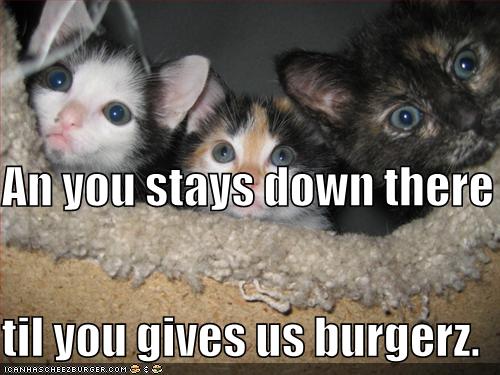
And that's it. No need for credit agencies, no need for elaborate accounting and bookkeepers, and no possibility of theft. Anyone who takes value without having enough accrued value to cover it can be tracked down with applied kinesiology, because it can also be used to locate anyone, anywhere in the world, by narrowing down their GPS co-ordinates using a sort of Twenty Questions approach. The government can still charge taxes, but only by the consent of the people - and only to provide value back to society that is equivalent to what it took. Otherwise, those involved will show up using kinesiology as thieves, and anybody will be able to determine that fact. They'll then have a tough time, for example, going into a store and buying a shirt. No more political corruption. No more bank swindling, no more inflation. And all using a simple technique that anyone can learn to do.
This system could spread very easily as well - about as fast as people can read and learn about it, because all they lack is the information on how to do this. People can opt in to this system right now, today! They don't even have to abandon the dominant economic systems all at once, either - they can use both, until the system spreads enough to catch on. There's every reason for it to, because it makes a whole lot of sense. Certainly much more sense than the current corrupt system that's wrecking the planet like an epileptic bull in a China shop. Whether people are trying to fix the current system, or live "off the grid" and establish their own, they can still use it. And it can prevent exactly the kind of devastation we're seeing right now, and which is rapidly increasing.
So to exercise this option, we need to do two things.
- Educate - Spread awareness of what the problem is, how banks do this, what it's doing to the world, and what we can do instead. Get a copy of Power vs. Force, learn how to do applied kinesiology tests yourself (it's in the Amazon excerpt), and share the information.
- Opt in - Just start using this system. Decide that you'll accept this kind of value for goods or services if someone asks to buy them with it. You don't have to stop using paper money, although you may find that paper money isn't worth the paper it's printed on, and decide it doesn't work when the economy completely falls apart.
That's it! I mean, we could wait until the totalitarian regime is complete and the concentration camps are fired up, but that doesn't seem like a whole lot of fun to me, personally. Maybe I'm in the minority there. Leave a Comment and let me know, would you?


